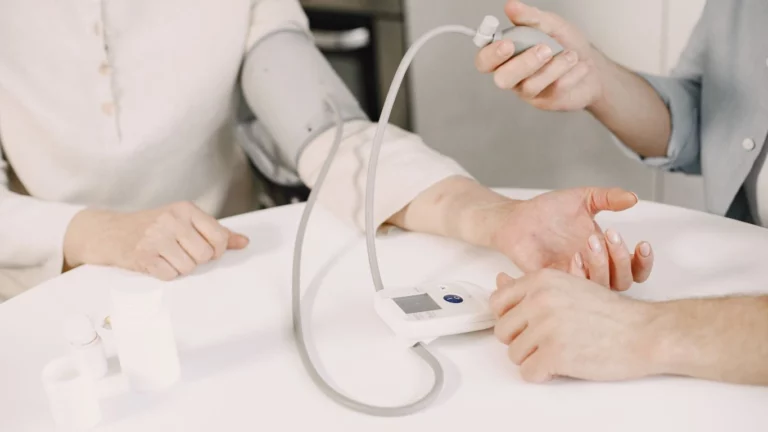Effective Exercises for Rheumatoid Arthritis and Joint Pain Relief
Rheumatoid arthritis and joint pain during exercise is one of those double-edged swords I talk about with patients all the time. On the one hand, we all know how important movement is—staying active can actually help keep RA symptoms in check. But then there’s that very real, very frustrating issue: the pain. As a Rheumatology Nurse Practitioner, I’ve had countless conversations that start with, “I want to stay active, but my joints just won’t cooperate.” If that sounds familiar, you’re definitely not alone—and in this article, I’m going to walk you through what’s really going on, what to look out for, and how to navigate the fine line between helpful movement and harmful strain.
Understanding the Link Between Rheumatoid Arthritis and Exercise Pain
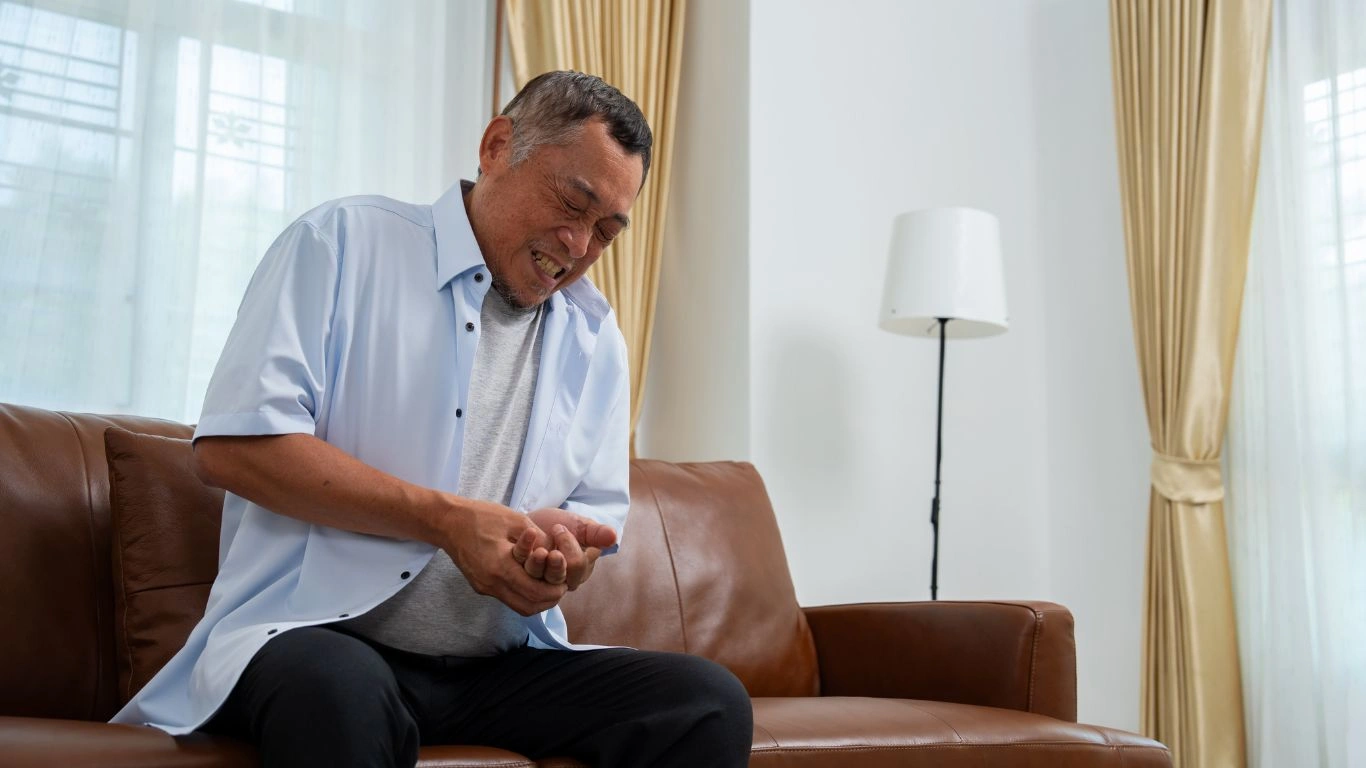
Let’s start with the basics. Rheumatoid arthritis (RA) is an autoimmune condition that causes the immune system to mistakenly attack healthy joint tissue. It leads to inflammation, stiffness, and that familiar aching pain that flares up at the worst times—often right when you’re trying to do something good for your body, like going for a walk or hitting the pool.
When I first started practicing in rheumatology, one of the most common myths I encountered was the idea that people with RA should avoid exercise entirely. Total rest, all the time. But that couldn’t be further from the truth. Movement is crucial for maintaining joint function and mobility. The trick is learning how to move smart—not just more.
Why Joints Hurt More During or After Physical Activity
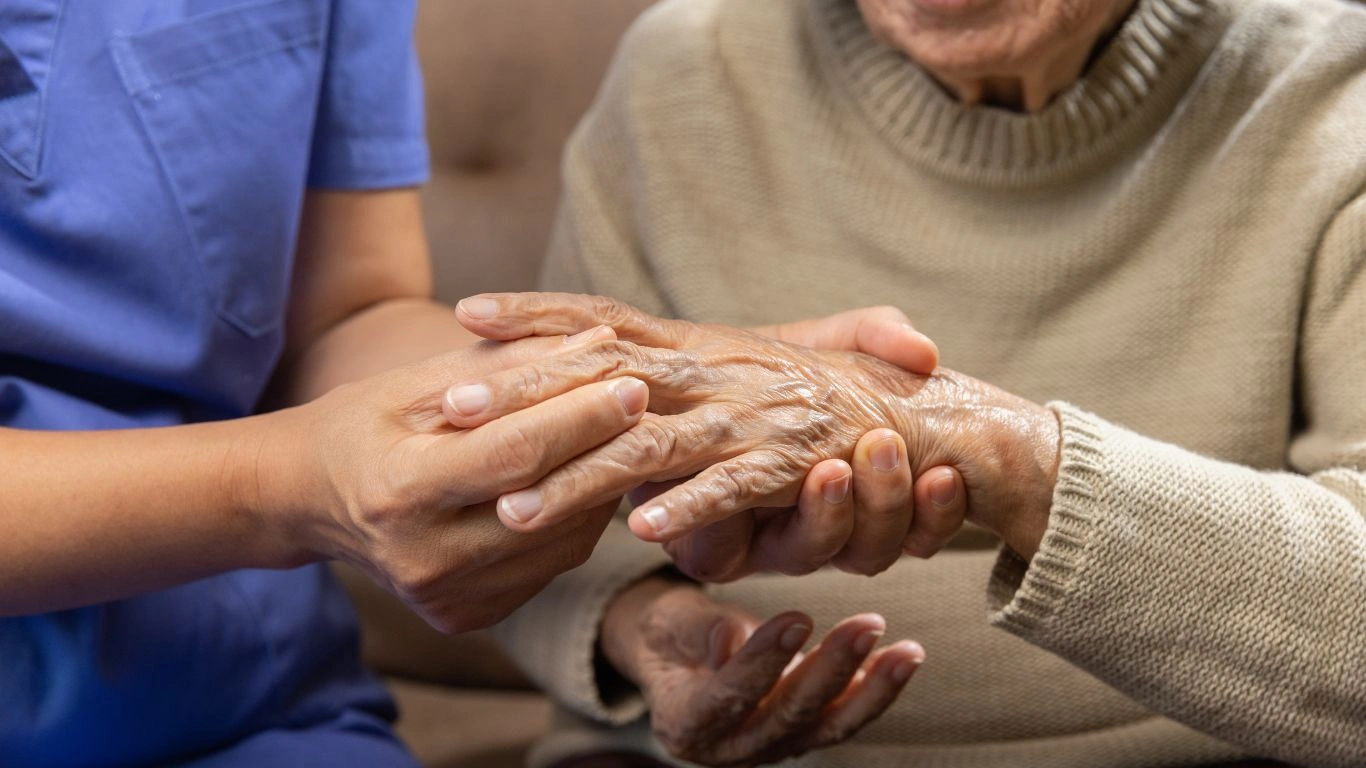
Inflamed Synovium = Instant Ouch
So what’s actually causing the pain when you’re exercising with RA? One of the main culprits is inflammation of the synovium—the lining of your joints. In healthy joints, the synovium produces fluid that keeps things lubricated and cushioned. But with RA, that lining becomes inflamed and thickened, and every movement can feel like grinding two pieces of sandpaper together.
Joint Damage from Chronic RA
Over time, chronic inflammation can lead to joint erosion and cartilage breakdown. This is where things get a little more permanent—and painful. If you’ve been living with RA for several years and notice a grinding sensation or limited range of motion during activity, joint damage may be playing a role.
Muscle Weakness and Compensation
One thing I always remind my patients: it’s not just your joints doing the work. Your muscles, tendons, and ligaments are all part of the movement chain. When pain causes you to move differently—maybe limping, shifting your weight, or avoiding certain motions—you can end up overcompensating with other parts of the body. That creates new sources of pain and fatigue, which can make the exercise experience feel like a losing battle.
How to Tell If the Pain You’re Feeling Is “Good” or “Bad”

This is where I get a lot of wide-eyed looks during clinic visits—because yep, there actually *is* such a thing as “good” pain when it comes to exercise. Think of it more as muscle soreness or that light, achy fatigue you might feel after a walk around the block. That’s a sign your muscles are waking up and adapting.
But there’s a clear line where pain becomes problematic. Here’s a quick cheat sheet I like to share:
- Good pain: Slight soreness in muscles (not joints), improved mobility after warming up, subsides after rest.
- Bad pain: Sharp or stabbing joint pain, swelling that lasts longer than 24 hours, stiffness that worsens after exercise.
If you’re ever unsure, I always say it’s better to check in with your provider. There’s no badge of honor for pushing through pain that signals something’s wrong. Trust me—I’ve seen too many cases where powering through leads to setbacks that could’ve been avoided.
Common Triggers That Worsen Joint Pain During Exercise
Skipping Warmups
Guilty of diving straight into your routine without prepping your body? You’re not alone. But when you have RA, skipping warmups is like asking your joints to sprint out of bed before coffee—it’s not going to go well. Gentle range-of-motion exercises and low-impact movement are key to easing your joints into activity.
Overdoing It
More isn’t always better. One of my patients—let’s call her “Linda”—was doing yoga five times a week and couldn’t figure out why her knees were screaming at her. Turns out, she wasn’t giving herself enough recovery time. Joint tissues with RA need more rest and recovery, not less.
Wrong Type of Movement
High-impact workouts like running or jumping jacks can be brutal on inflamed joints. I usually recommend swimming, biking, tai chi, or gentle yoga for starters. That doesn’t mean you can’t ever jog again—but if you’re in a flare, it’s best to keep things low-impact until the inflammation settles down.
- Check your form (even small adjustments can relieve joint strain)
- Invest in supportive footwear
- Alternate activity days with rest or gentle stretching
In the next section, I’ll dive into strategies that can help you create a customized movement plan that actually supports your joints, rather than punishing them. Because yes, you really *can* exercise with RA—it’s just all about the approach.
Creating a Joint-Friendly Exercise Plan That Actually Works
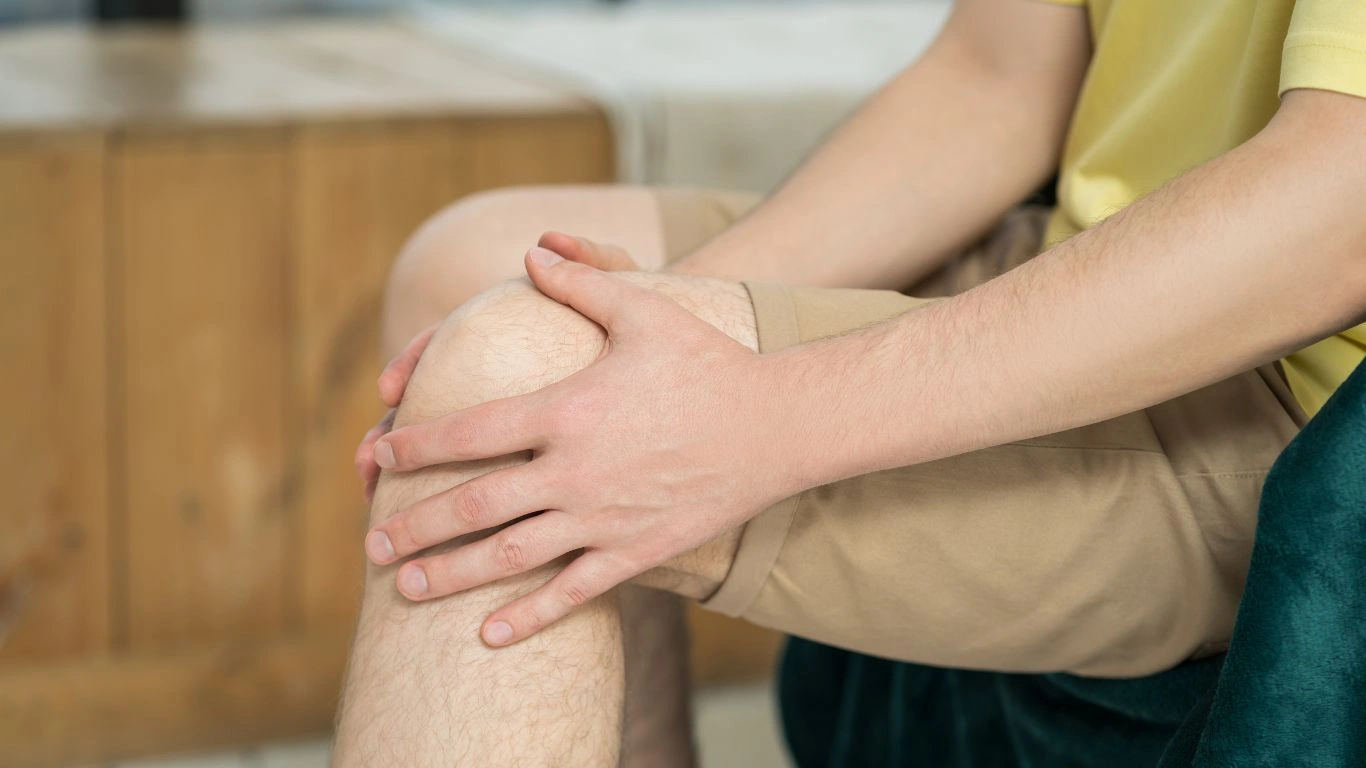
Alright, so now that we’ve covered the “why” behind rheumatoid arthritis and joint pain during exercise, let’s talk about the “how.” How do you actually build an exercise plan that doesn’t backfire on you? Honestly, the best plans are the ones that are *flexible*—literally and figuratively. One-size-fits-all? Not a thing when it comes to RA. I’ve worked with patients who thrive on early morning yoga, and others who need an afternoon swim just to loosen up. It’s all about tuning into your body and adjusting based on what it’s telling you.
Start Small—Seriously, Tiny Steps
When people hear “exercise,” they often think it means hitting the gym or running a mile. Not necessary. I had a patient named Joe—early 60s, recently diagnosed with RA—who thought he had to jump into weightlifting because his brother swore by it. Joe ended up flaring hard and feeling defeated. We went back to basics: 10-minute walks around the block, light stretching before bed. Within a month, he was sleeping better, hurting less, and finally feeling like his body wasn’t working against him.
Build an RA-Friendly Weekly Movement Plan
Here’s an example of a super gentle but effective weekly rhythm I’ve used with several patients. Modify based on your own flares, fatigue, and schedule:
- Monday: 15-minute walk + light wrist and ankle stretches
- Tuesday: Gentle yoga or chair yoga (plenty of free videos online)
- Wednesday: Rest day or light tai chi
- Thursday: Pool time (water aerobics or just walking in water)
- Friday: Resistance bands (no weights!) + breathing exercises
- Saturday: Nature walk or indoor cycling (easy pace)
- Sunday: Total rest or a warm Epsom salt bath and stretching
The key here is variety and recovery. You’re not trying to win a medal—you’re trying to move better, feel better, and give your joints some love. Don’t be afraid to swap days or skip a session if you’re feeling off.
What to Do During a Flare: Move or Rest?
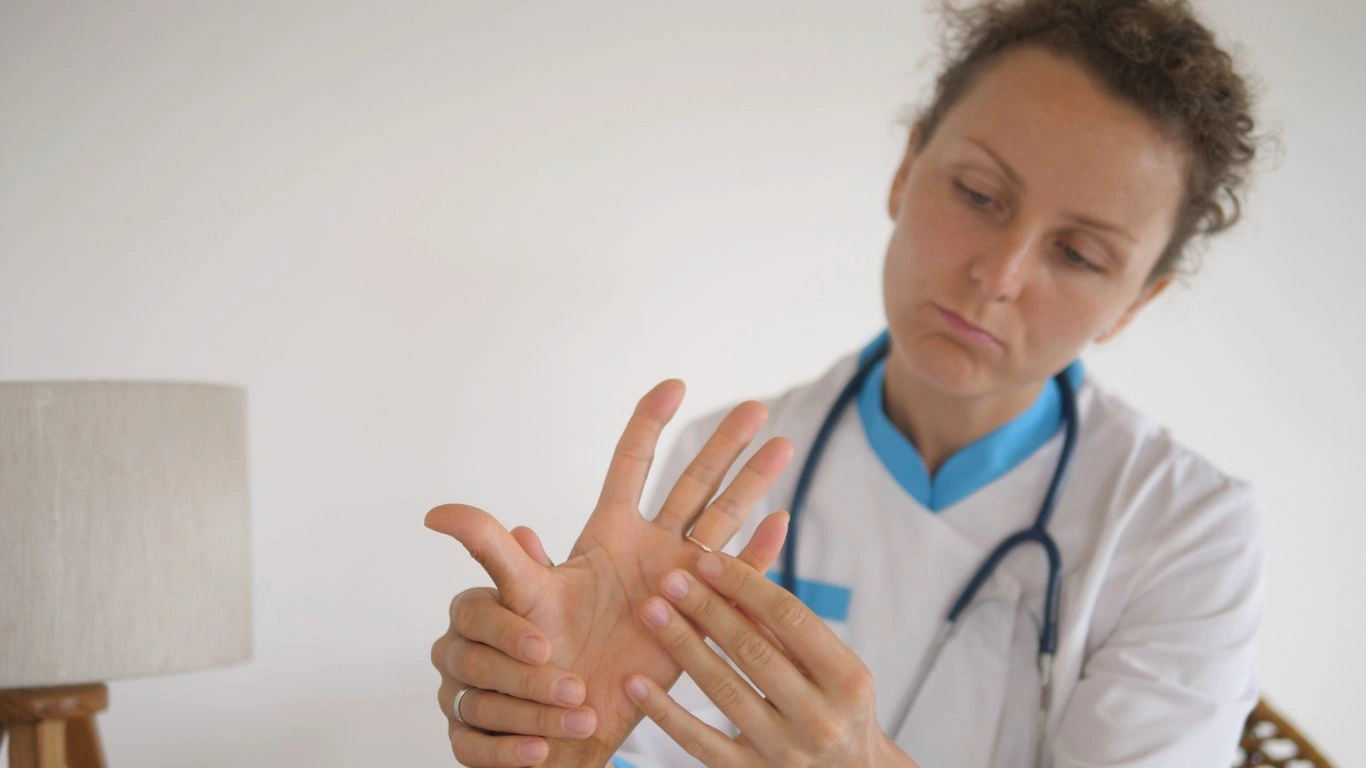
Ah, the classic question: when RA flares up, should you push through or pause? Here’s my take, both as a provider and someone who’s seen how unpredictable flares can be—rest is not the enemy, but neither is movement. It’s about balance.
How to Modify During a Flare
When you’re in the middle of a flare, you don’t want to be doing your usual routine. That said, going totally still can sometimes make stiffness worse. I usually suggest “movement snacks”—short bursts of gentle motion, like:
- Stretching your hands and fingers slowly
- Ankle rolls or pointing/flexing your feet
- Shoulder shrugs or neck tilts while seated
These movements help keep circulation going and prevent stiffness from locking everything up. I also recommend heat before activity and ice afterward—especially if your joints are puffy or warm to the touch. And hey, if the only thing you can manage is breathing exercises and extra hydration? That’s still care. That still counts.
Supporting Your Joints: Tools, Gear & Must-Haves

Let’s talk gear. Over the years, I’ve learned that sometimes the right tool can make or break a workout. And no, you don’t need to break the bank. I’ll give you a quick rundown of tried-and-true items that many of my patients swear by (and so do I).
Compression Gloves
Absolute game-changer for morning stiffness or light strength training. I wear these myself during long charting sessions and recommend them to anyone whose hands ache after activity. Look for breathable fabric with decent wrist support.
Joint Braces (But Not All the Time!)
Knee or wrist braces can help stabilize joints during specific movements—like lifting groceries or doing light leg work—but be careful not to become too dependent. Overuse can weaken the muscles that naturally support your joints.
Supportive Shoes
This one gets overlooked all the time. Arch support, cushioning, and shock absorption can completely change how your knees and hips feel during a walk. If you haven’t been fitted for shoes or orthotics lately, it’s worth the investment.
Other Helpful Tools
- Resistance bands (easy on joints, customizable intensity)
- Foam rollers (great for loosening tight muscles post-activity)
- Heat wraps or pads (amazing before workouts to warm things up)
Quick note: Always check with your rheumatologist or physical therapist before adding new devices or tools. Everyone’s anatomy is different, and what works for one person may not be ideal for another.
Real Talk: Managing Expectations and Mental Load
This is the part that doesn’t get talked about enough—the emotional weight of dealing with RA and trying to stay active. I’ve had patients break down in my office, feeling like failures because their bodies aren’t cooperating. Let me just say this clearly: You are doing enough. You are adapting, you are showing up, and that matters.
One of the best things you can do for both your joints and your mental health is to drop the comparison game. That includes your “old” self before diagnosis. Instead, focus on progress, not perfection. Celebrate the tiny wins—like finishing a 10-minute stretch without pain, or walking an extra block.
I always tell my patients: don’t measure your success by miles or reps. Measure it by how you feel when you get out of bed in the morning. And if you need to rest, cancel a walk, or take a day in bed—do it. That’s part of the healing process, too.
Up next, we’ll explore anti-inflammatory strategies and lifestyle changes that support joint health beyond exercise—because managing RA is never just one thing. It’s a whole-body, whole-life approach.
Supporting Joint Health Beyond Exercise: Anti-Inflammatory Strategies
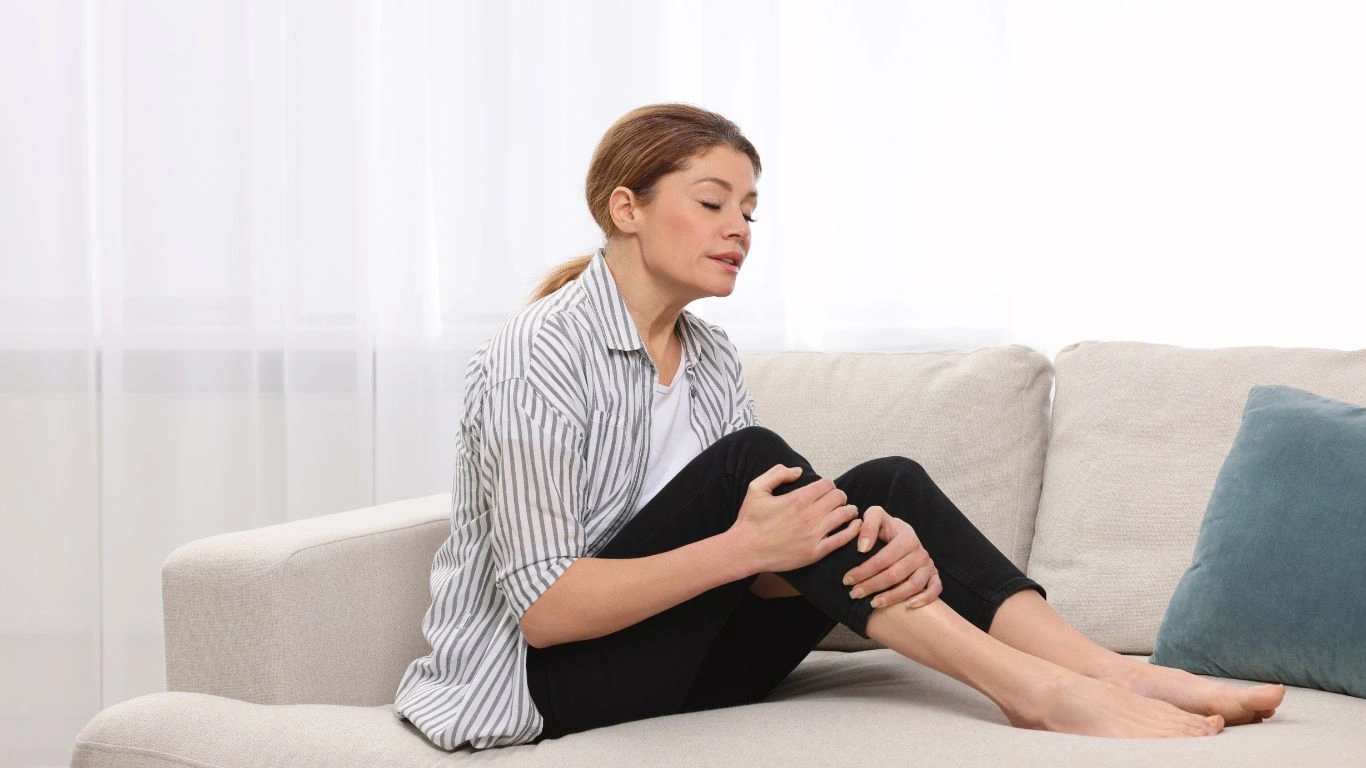
So far, we’ve covered the importance of exercise and finding the right balance between movement and rest. But there’s another critical piece to managing rheumatoid arthritis: reducing inflammation from the inside out. Diet, lifestyle choices, and even the way you manage stress can have a huge impact on how your joints feel day-to-day. And trust me, it’s not just about popping a pill or avoiding certain foods—it’s a full-body approach.
Anti-Inflammatory Diet: What to Eat for Healthier Joints
One of the first questions I always get from patients is: “What can I eat to help with my RA?” The short answer is, there’s no magic food that’ll make RA go away, but certain choices can definitely help manage inflammation. If you’re like me, I know how easy it is to default to comfort foods when you’re feeling worn out or stressed, but consistently fueling your body with anti-inflammatory foods can make a noticeable difference.
Here are a few of the top choices that I’ve seen work wonders for my patients:
- Fatty fish (like salmon, mackerel, and sardines): Packed with omega-3 fatty acids, these little guys can help reduce inflammation.
- Leafy greens (think spinach, kale, and broccoli): They’re rich in antioxidants, which can help fight oxidative stress, a key player in RA inflammation.
- Berries: Strawberries, blueberries, and raspberries contain compounds that can reduce markers of inflammation in the body.
- Nuts (especially walnuts and almonds): These are another great source of anti-inflammatory omega-3s, not to mention they’re easy to snack on.
- Olive oil: Rich in oleocanthal, a compound that mimics the effect of ibuprofen, olive oil can be an excellent addition to any anti-inflammatory diet.
On the flip side, some foods can actually contribute to inflammation and make symptoms worse. For example, refined sugars, processed foods, and even excessive alcohol consumption are all linked to increased inflammatory markers. But that doesn’t mean you have to cut everything out. I always remind my patients that balance is key. You’re not aiming for perfection—just better choices, more often.
Supplements That Can Help Ease Inflammation
If you’ve been around the RA block a few times, you’ve probably heard about supplements like turmeric or ginger. They’re actually pretty effective! Both of these natural anti-inflammatories have been studied for their ability to ease pain and reduce swelling. But don’t just take my word for it—make sure you check in with your doctor to see if these supplements might work well with your medication regimen.
Some other supplements to consider (after discussing with your healthcare provider) include:
- Omega-3 fatty acids (fish oil): Can significantly reduce inflammation in joints.
- Vitamin D: People with RA are often deficient in vitamin D, and research suggests that supplementation can reduce flare-ups.
- Glucosamine and chondroitin: These compounds can help support cartilage health and may reduce joint pain over time.
Again, I emphasize consulting with your doctor or a registered dietitian before adding any new supplement to your routine. You want to make sure it’s safe and effective for your particular case of RA.
Stress Management: Your Joints Need It Too

If you’ve ever had a stressful day and noticed your joints feeling more stiff or painful, you’re not imagining things. Stress is a major contributor to inflammation in the body, and unfortunately, RA tends to worsen during stressful periods. That’s why managing stress is a crucial part of the puzzle when it comes to managing RA symptoms.
Mindfulness and Relaxation Techniques
One of the best ways to calm your nervous system and reduce stress is through mindfulness. Techniques like meditation, deep breathing, or even gentle yoga can work wonders to calm the mind and soothe the body. I encourage my patients to try apps like Headspace or Calm, which offer guided sessions for beginners. You don’t need to become a meditation guru, but even five to 10 minutes a day can make a big difference in how you feel overall.
Another tool that’s become a favorite for my patients is progressive muscle relaxation. The idea is simple: slowly tense and relax muscle groups in your body, one by one, to help release tension and promote relaxation. It sounds kind of basic, but it’s effective—and you can do it lying in bed before you go to sleep or even on a quick break during the day.
Exercise as Stress Relief: Moving for Your Mental Health
Just as exercise can support your joints, it’s also a great way to release built-up tension and stress. The key is finding something that feels right for you. Some days, it might be yoga. Other days, a brisk walk or light swim might do the trick. Movement releases endorphins, which are your body’s natural mood boosters, helping you combat the stress that so often exacerbates RA symptoms.
Resources and References for Further Reading
If you’re looking to dive deeper into RA management, I recommend checking out the following resources:
- National Institutes of Health (NIH) – For up-to-date research and information about RA and other autoimmune conditions.
- Health.com – A great resource for practical tips on living with chronic conditions like RA.
- American College of Rheumatology – A go-to for expert advice and clinical guidelines for managing RA.
These sites are great for reliable, research-backed information. But as always, it’s essential to work closely with your healthcare team to tailor any new strategies to your individual needs.
Disclaimer
This article is meant for informational purposes only and should not be taken as medical advice. Always consult with your healthcare provider before making any changes to your diet, exercise routine, or medication regimen. Every individual’s condition is unique, and it’s important to have a personalized plan that best supports your health.

Tarra Nugroho is a dedicated Nurse Practitioner with a strong foundation in family and preventive care. She brings both compassion and clinical expertise to her practice, focusing on patient-centered care and health education. As a contributor to Healthusias.com, Tarra translates medical knowledge into clear, empowering articles on topics like women’s health, chronic disease management, and lifestyle medicine. Her mission is simple: help people feel seen, heard, and informed—both in the clinic and through the content she creates. When she’s not caring for patients, Tarra enjoys weekend hikes, plant-based cooking, and curling up with a good health podcast.

